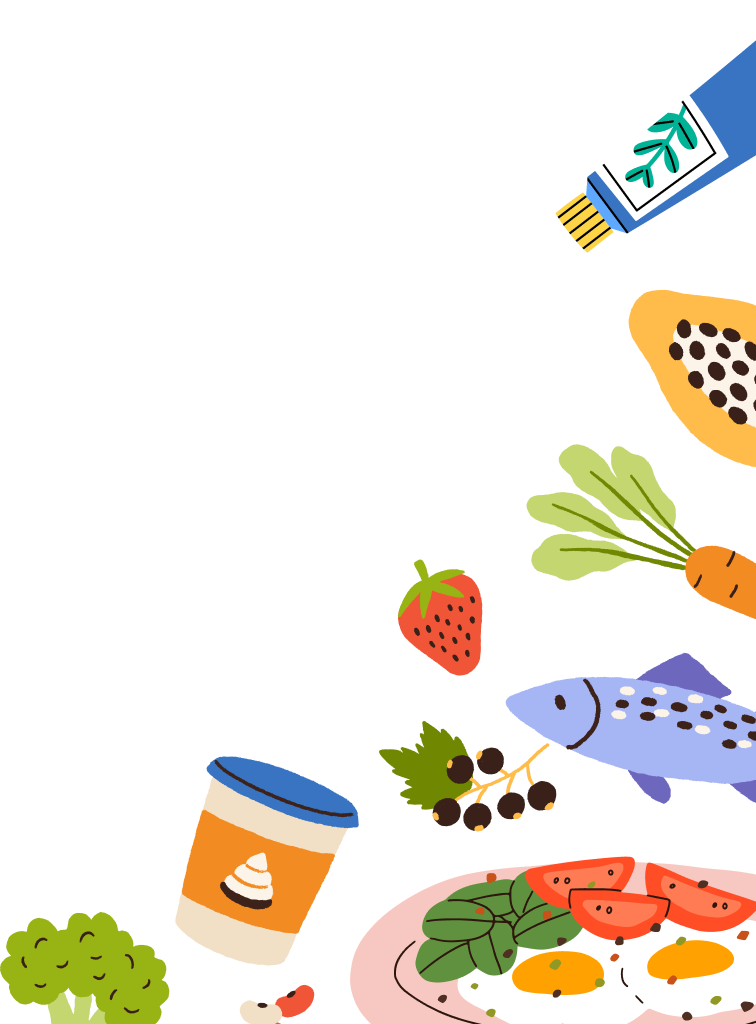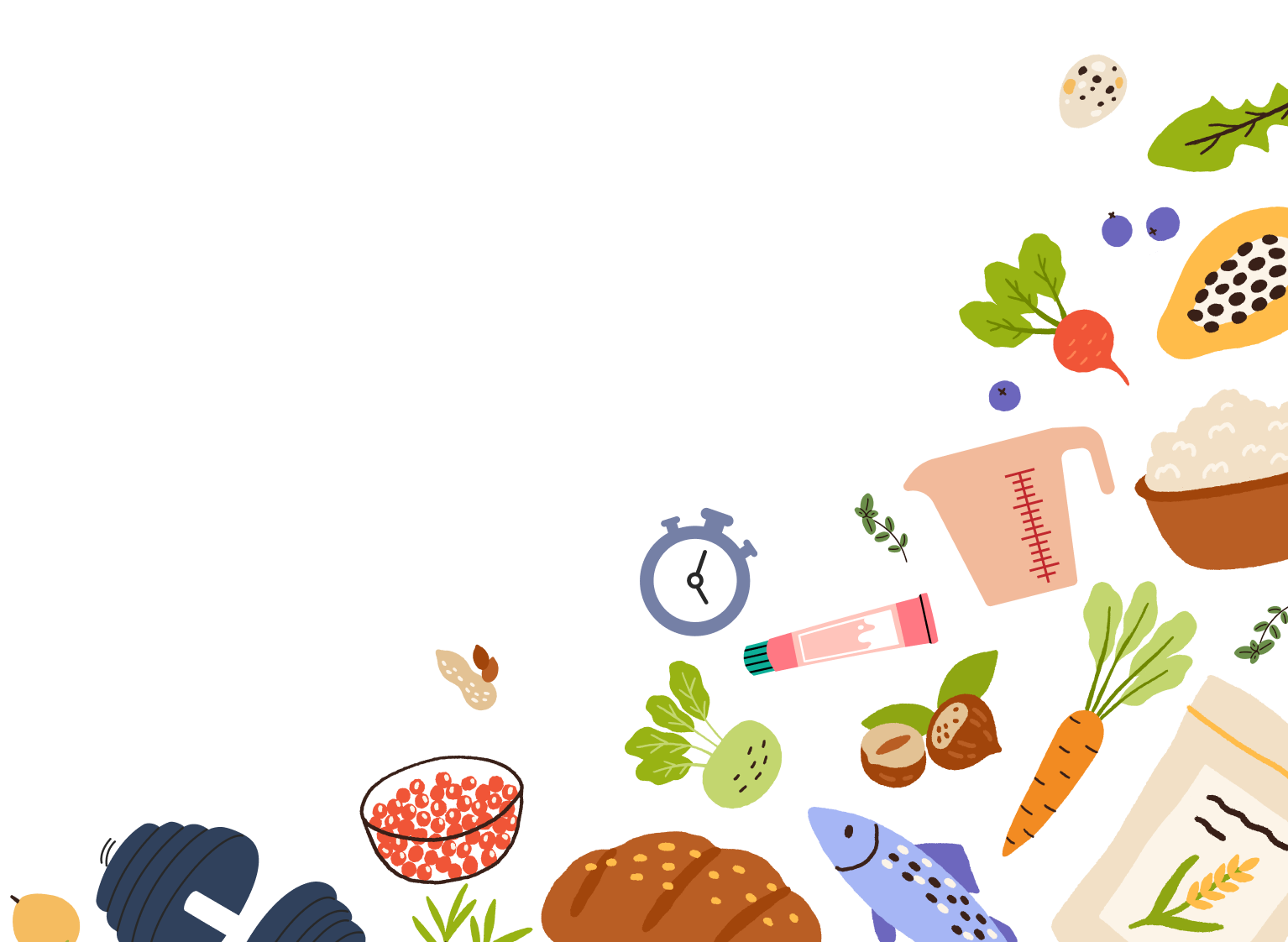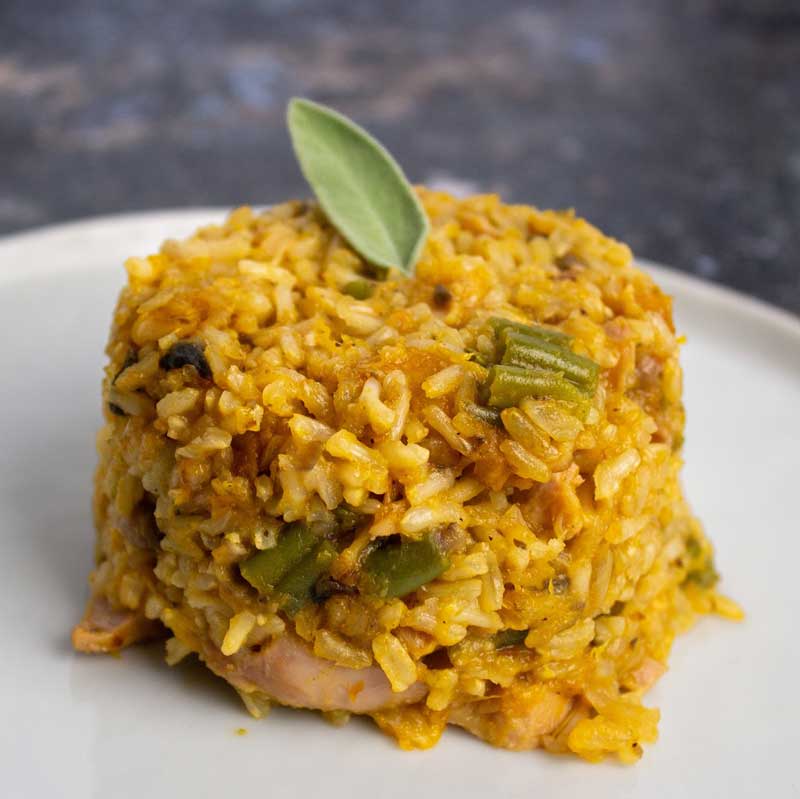How to Make Butternut Squash Risotto for GERD Relief
Introduction
Risotto is a classic Italian dish known for its creamy texture and rich flavor, making it a comforting and indulgent meal. However, for individuals with GERD (Gastroesophageal Reflux Disease), traditional risotto can be challenging due to common triggers like acidic ingredients and high-fat content. Fear not, though—this GERD-friendly butternut squash risotto recipe is designed to deliver all the comforting creaminess without discomfort, offering a delicious, gentle alternative on the stomach.
A Brief History of Risotto
Risotto originated in Northern Italy, where it was made as a humble dish with only a few simple ingredients- rice, onion, and butter. Over time, this simple peasant dish evolved into a culinary staple, with countless variations emerging across different regions. Rice plays a crucial role in Italian cuisine, especially in the north, where it often takes center stage in rich, comforting dishes like risotto. The versatility of risotto allows it to adapt to a wide range of flavors and ingredients, making it a beloved part of Italy's gastronomic heritage.
Risotto and Gerd: Common Culprits
Common ingredients in traditional risotto, such as butter, cheese, and wine, can be problematic for people with GERD. Butter and cheese are high in fat, which can slow digestion and increase the likelihood of acid reflux, while wine adds acidity that can irritate the esophagus. Though essential for risotto’s rich flavor and texture, these ingredients can trigger uncomfortable GERD symptoms. For those with GERD, finding alternatives to these ingredients is crucial to enjoying risotto without discomfort, ensuring a satisfying meal that’s flavorful and gentle on the digestive system.
Butternut Squash Risotto: A Gerd-Friendly Option
Butternut squash is a nutrient-rich vegetable that offers several benefits for gut health. It is high in fiber and vitamins A and C, which support digestion and reduce inflammation. When cooked, its natural creaminess allows it to serve as a perfect base for risotto, providing a rich, velvety texture without the need for heavy ingredients like butter or cream. This makes butternut squash an ideal choice for creating a GERD-friendly risotto, offering all the indulgence of traditional risotto while being gentle on the digestive system.
Creating a Gerd-Friendly Butternut Squash Risotto
For a GERD-friendly risotto, consider using vegetable broth instead of wine to avoid acidity, and opt for low-fat cheese or dairy-free alternatives to reduce fat content. While onions are a staple in risotto, cooking them longer can make them more digestible for some, but they can also be omitted entirely if needed. To ensure a rich and satisfying flavor, focus on using high-quality butternut squash, as its natural sweetness and creaminess will carry the dish, allowing you to create a delicious risotto that's gentle on the stomach.
Conclusion
Butternut squash risotto is a delicious and comforting option for GERD sufferers. It combines the creamy texture and rich flavor of traditional risotto with ingredients that are gentle on the digestive system. This recipe is a great way to enjoy a classic dish without the discomfort of acid reflux. Try this GERD-friendly risotto and experience its satisfying taste for yourself. Don’t forget to share your experiences and any personal twists in the comments!
[[ recipeID=recipe-8m0fj99l8, title=Butternut Squash with Chicken Risotto ]]
- Mayo Foundation for Medical Education and Research. (2023, September 14). Vitamin A. Mayo Clinic. https://www.mayoclinic.org/drugs-supplements-vitamin-a/art-20365945
- Mayo Foundation for Medical Education and Research. (2023, August 10). Vitamin C. Mayo Clinic. https://www.mayoclinic.org/drugs-supplements-vitamin-c/art-20363932
- US Department of Agriculture. (2019, April 1). Squash, winter, butternut, raw. FoodData Central. https://fdc.nal.usda.gov/fdc-app.html#/food-details/169295/nutrients




















Comments
Join The Conversation...